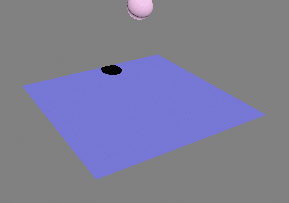Creating Buoyancy without Reactor
Now that I've shown you Flex can be used to simulate water ripples, you may be wondering about the other part of reactor water simulation in 3ds Max 2012: buoyancy. Buoyancy, which causes objects to float on water, is a little trickier now that we don't have Reactor. To accomplish this, we'll have to use a script controller for position and rotation. Fortunately for us, Shawn Lewis over at Script Spot, released a handy little MaxScript called Follow Surface which allows us to make objects float on the water with very little work. I've tested this script in 3ds Max 2012 and it works flawlessly.
Simulate Water with Flex in 3ds Max 2012
With Reactor removed from 3ds Max 2012, users will now need to explore other means of animating physical simulations. This tutorial will cover replacing Reactor's water simulation using Flex, a tool already available in 3ds Max. While you could simulate general water movement or ripples using the Ripple modifier or the Waves Standard Map applied to a Displacement modifier, these options require manual animation and can't be affected by dynamic collisions. Flex, which you may have used to add jiggle to fat characters, simulates soft-body dynamics using springs. It's a very powerful modifier which can be affected by forces and deflectors to simulate cloth, rope, water, and other soft-body dynamics.
